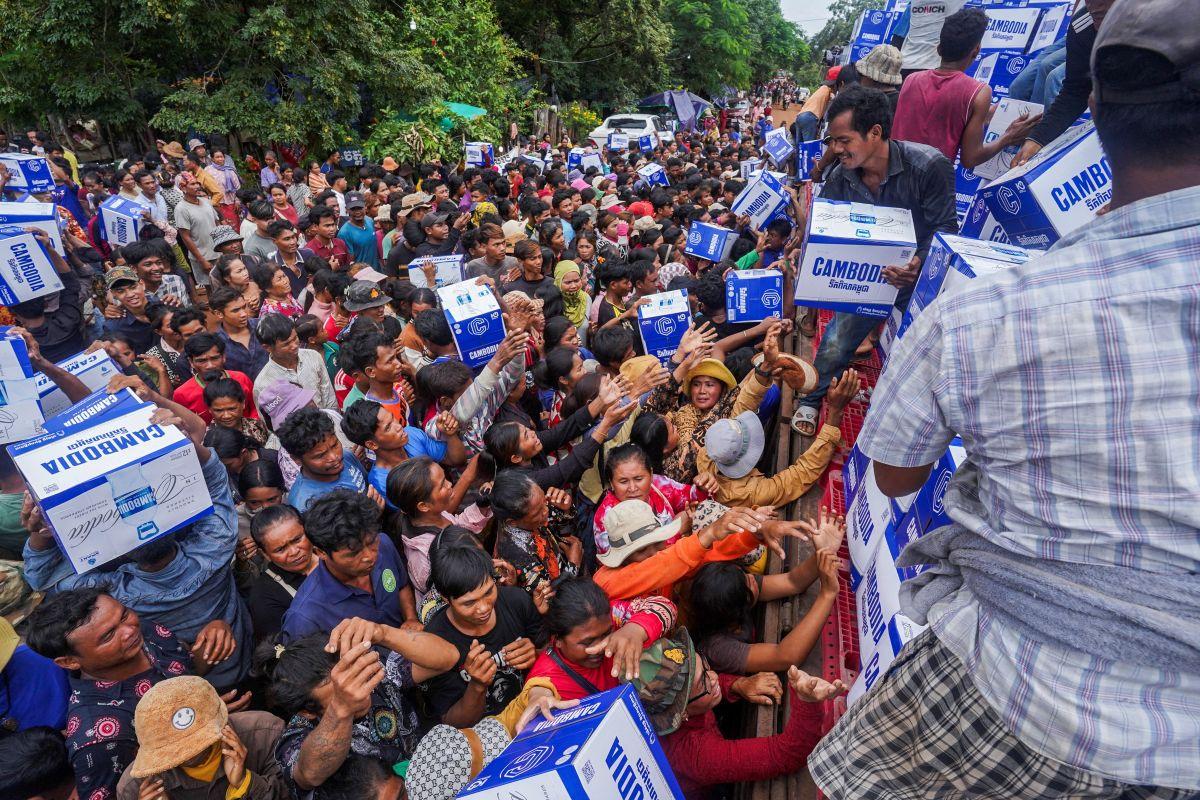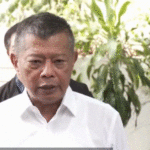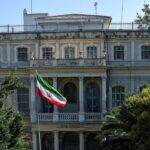Filtered by: Topstories
SISAKET, Thailand – Fighting on the Thai-Cambodian border extended into a third day and new flashpoints emerged on Saturday as both sides said they had acted in self-defense in the border dispute and called on the other to cease fighting and start negotiations.
More than 30 people have been killed and more than 130,000 people displaced in the worst fighting between the Southeast Asian neighbors in 13 years.
There were clashes early on Saturday, both sides said, in the neighboring Thai coastal province of Trat and Cambodia’s Pursat Province early, a new front more than 100 km (60 miles) from other conflict points along the long-contested border.
The two countries have faced off since the killing of a Cambodian soldier late in May during a brief skirmish. Troops on both sides of the border were reinforced amid a full-blown diplomatic crisis that brought Thailand’s fragile coalition government to the brink of collapse.
As of Saturday, Thailand said seven soldiers and 13 civilians had been killed in the clashes, while in Cambodia five soldiers and eight civilians had been killed.
In the Thai border province of Sisaket, a university compound has been converted into temporary accommodation, where a volunteer said more than 5,000 people were staying.
Samrong Khamduang said she left her farm, about 10 km from the border, when fighting broke out on Thursday. The 51-year-old’s husband stayed behind to look after livestock.
“We got so scared with the sound of artillery,” she said. “But my husband stayed back and now we lost the connection. I couldn’t call him. I don’t know what is happening back there.”
In Kuala Lumpur, Malaysian Prime Minister Anwar Ibrahim, the chair of the ASEAN regional bloc, said he would continue to push a ceasefire proposal. Cambodia has backed Anwar’s plan, while Thailand has said it agreed with it in principle.
“There is still some exchange of fire,” Anwar said. He said he had asked his foreign minister “to liaise with the respective foreign ministries and, if possible, I will continue engaging with them myself – at least to halt the fighting.”
Security Council meeting
Thailand’s ambassador to the United Nations told a Security Council meeting on Friday that soldiers had been injured by newly planted land mines in Thai territory on two occasions since mid-July – claims Cambodia has strongly denied – and said Cambodia had then launched attacks on Thursday morning.
“Thailand urges Cambodia to immediately cease all hostilities and acts of aggression, and resume dialogue in good faith,” the ambassador told the council.
Cambodia’s defense ministry said Thailand had launched “a deliberate, unprovoked, and unlawful military attack” and was mobilizing troops and military equipment on the border.
“These deliberate military preparations reveal Thailand’s intent to expand its aggression and further violate Cambodia’s sovereignty,” the ministry said in a statement on Saturday.
Cambodia called for the international community to “condemn Thailand’s aggression in the strongest terms” and to prevent an expansion of its military activities, while Bangkok reiterated it wanted to resolve the dispute bilaterally.
Thailand and Cambodia have bickered for decades over jurisdiction of various undemarcated points along their 817-km (508-mile) land border, with ownership of the ancient Hindu temples Ta Moan Thom and the 11th century Preah Vihear central to the disputes.
Preah Vihear was awarded to Cambodia by the International Court of Justice in 1962, but tension escalated in 2008 after Cambodia attempted to list it as a UNESCO World Heritage site.
That led to skirmishes over several years and at least a dozen deaths.
Cambodia in June said it had asked the court to resolve its disputes with Thailand, which says it has never recognized the court’s jurisdiction and prefers a bilateral approach.






